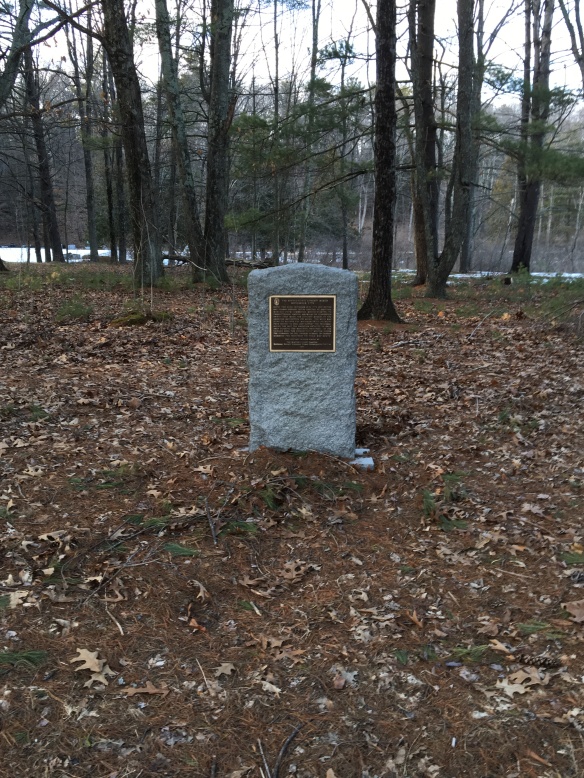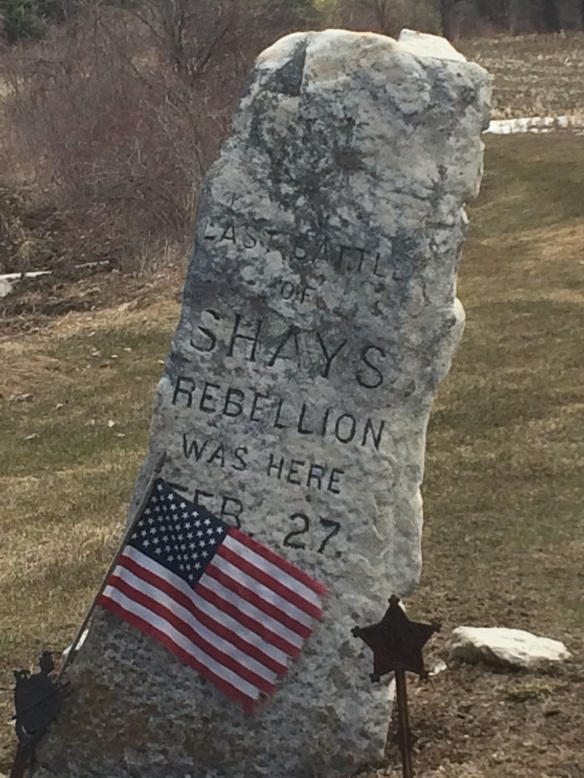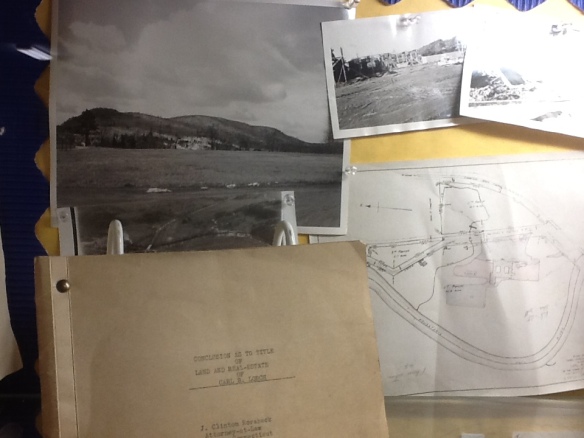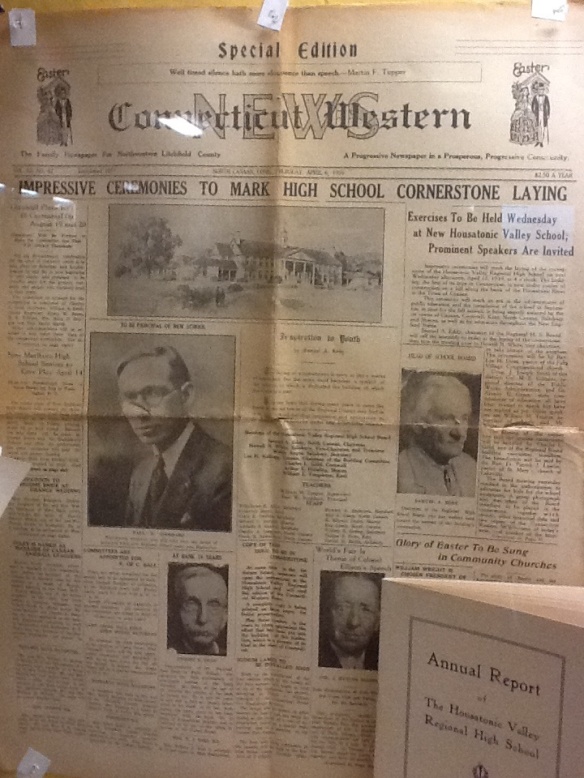
An early 19th century sleigh at Old Sturbridge Village
With snow on the ground and the Christmas season upon us, here’s an account of the difficulties that winter weather posed in an earlier era. John Cotton Smith (1765-1845) was the son of Cotton Mather Smith, the prominent minister in Sharon at the time of the Revolutionary War. John Cotton Smith studied at Yale, became a notable attorney, and then served Connecticut in the United States House of Representatives and as governor of the state.
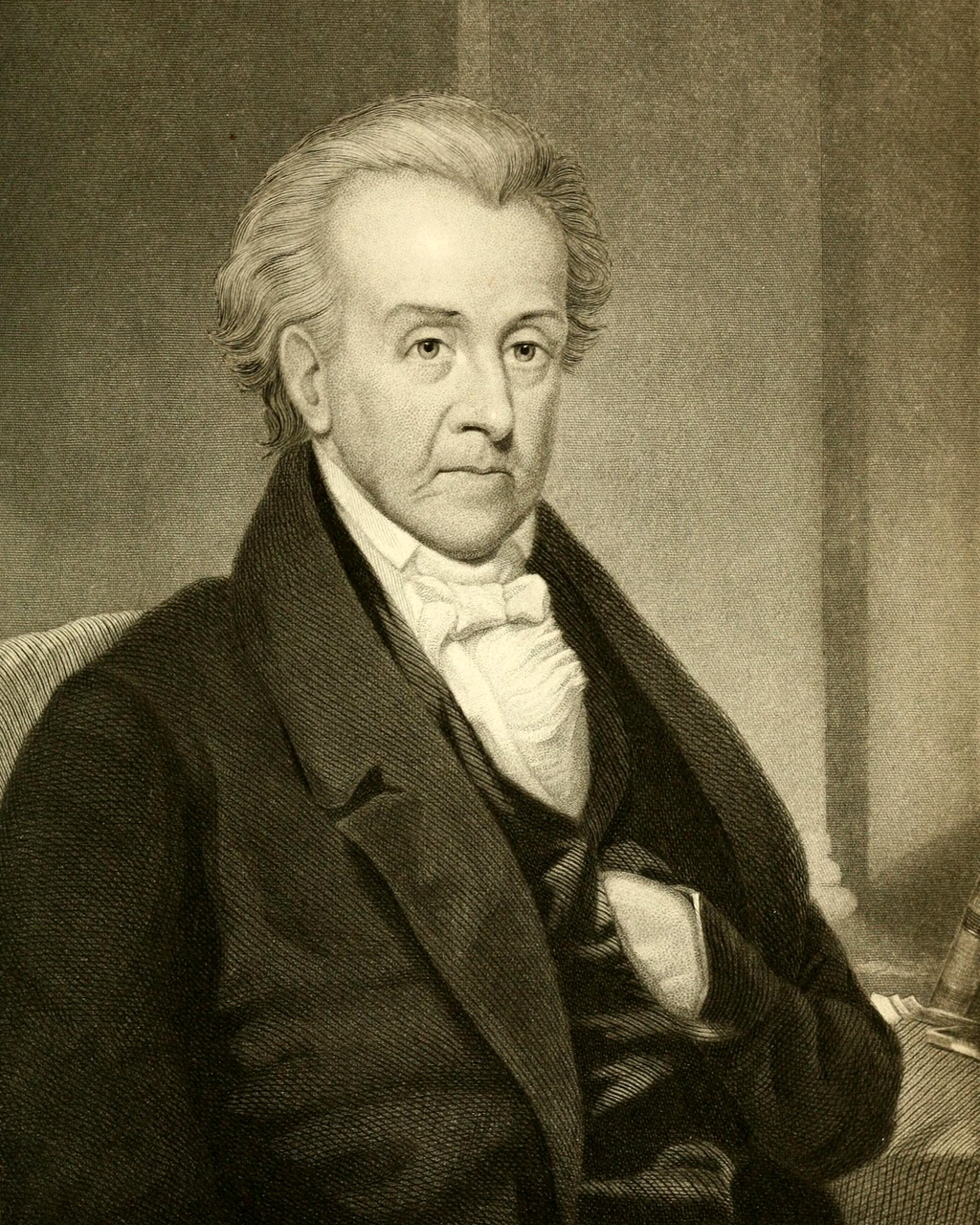
John Cotton Smith in later life
While a sophomore at Yale in 1780, his father traveled to bring John Cotton home for winter vacation. On their return to New Haven from Sharon:
A great snow storm came on, and they were compelled to leave their sleigh in Woodbury, and travel to Bethlehem on horseback. By that time the roads were impassable to horses, and, fearing that they might be wholly blocked up, they set out, with Dr. Bellamy’s sanction, on Sunday afternoon, on snow-shoes, reached Washington that night, Warren the next, and home on the third.
This account is from “A Biographical History of the County of Litchfield, Connecticut,” written by Payne Kilbourne in 1851. It tells us not only of the hazards that awaited winter travelers in the 18th century (it is interesting to note that it is 8 miles from the Bellamy-Ferriday house in Bethlehem to the center of Washington, 9 miles from Washington to Warren, and 14 miles from Warren to Sharon) but also of the strong hold that religion had on people’s daily lives. As a minister, Cotton Mather Smith was certainly familiar with the Reverend Joseph Bellamy, the influential theologian who was known as the “Pope of Litchfield County.” Bellamy was such a power that his approval was needed for Sunday travel.

The Bellamy-Ferriday House in Bethlehem
Best wishes for a wonderful holiday season and happy new year!

